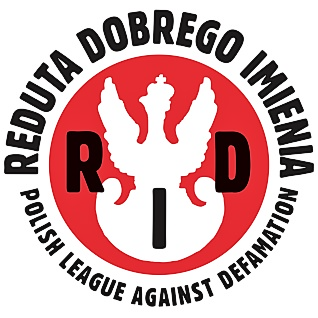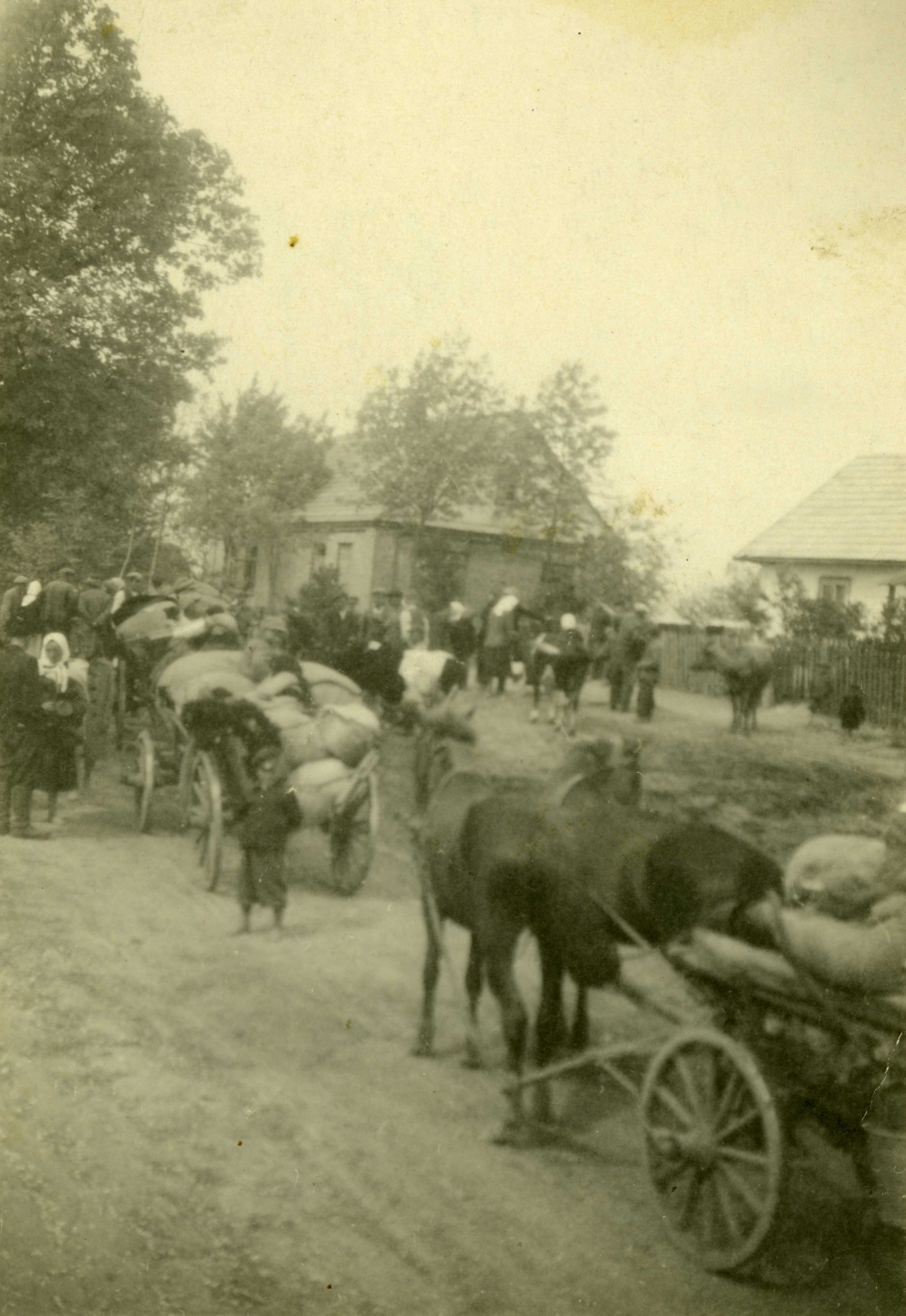Outbreak of war
World War II, which was unleashed by Nazi Germany and Stalinist Russia, reached Zamojszczyzna already in the second decade of September. At that time, the region was occupied by German Wehrmacht forces. In Polish plans, the area in question was supposed to be a base for the Polish Army, which, however, was unable to stand up to the well-commanded and well-organized units of the Nazi armed forces. Thus, despite a number of battles (the most important one took place near Tomaszów Lubelski), clashes and skirmishes, part of the Polish army was broken up in the Zamojszczyzna region and was completely dispersed.
Significantly, however, in addition to German forces, the Red Army also treacherously entered Zamojszczyzna and occupied more towns. Krasnoarmies entered, for example, Szczebrzeszyn, Zamosc and Tomaszow. The Polish communists who operated in that area welcomed the "comrades" from the East with joy, throwing flowers on the Soviet tanks, for example. Nevertheless, the "red" occupation ended very quickly. In accordance with the provisions of the German-Soviet "Treaty on Borders and Friendship" signed at the end of September 1939, the armed forces of the Soviet Union had to withdraw from Zamojszczyzna, which finally happened in early October 1939.Thus, the region was captured by the Nazis.
On October 12, 1939, German leader Adolf Hitler decided to create a special administrative-territorial unit, which was to consist of that part of Poland, occupied by the Germans, which was not directly incorporated into the Third Reich. This unit was called the General Government, headed by German lawyer Hans Frank. As it turned out, Frank, despite his education, turned out to be one of Hitler's most ruthless criminals....
The General Government was initially divided into four districts, and as of August 1941 into five: Kraków, Lublin, Radom, Warsaw and Galicia. The Zamojszczyzna region, in keeping with its geographical location, became part of the Lublin District, which was headed by several German criminals who embodied Nazi ideology. Almost from the first days of German rule, ghettos for the Jewish population living there began to appear in Zamojszczyzna and elsewhere. In addition, the extermination of Poles began very quickly. Initially, the Germans decided to exterminate the Polish elite - by the way, they did this in every region of Poland - and then focused on destroying ordinary Polish citizens. This was done through cruel terror, blown to skyrocketing and unknown proportions until then. Poles and citizens of the Republic were murdered, thrown into prisons, concentration camps, and forced into hard labor. In addition, culture, art were taken away, people were forbidden to walk in parks and eat in restaurants. In a word, they were reduced to the level of subhumans and stripped of human dignity. This was done in the seized territories, as well as in the General Government, which was first to serve as a reservoir of cheap labor and all possible raw materials, and then was to become a place for German settlers.




